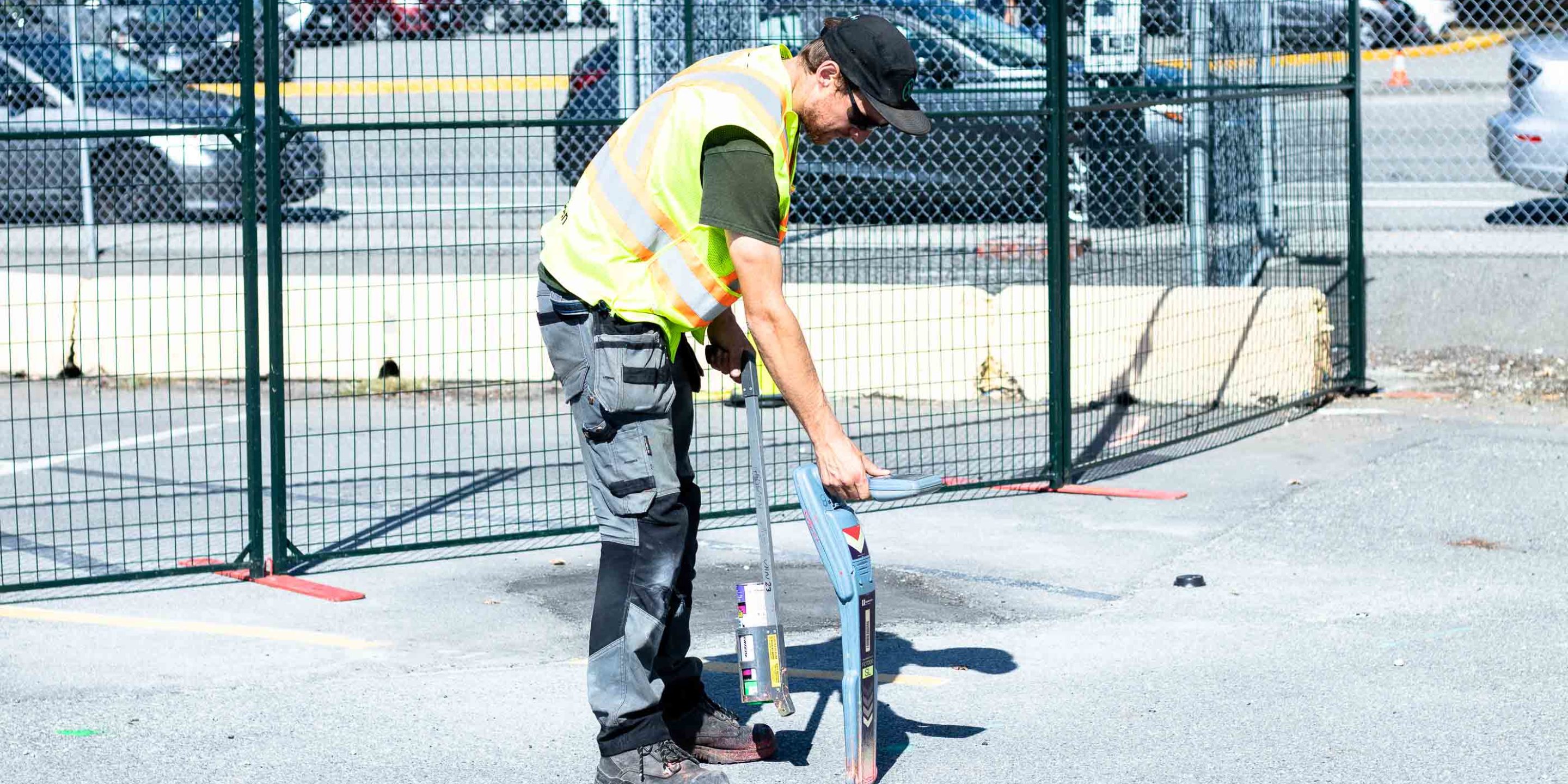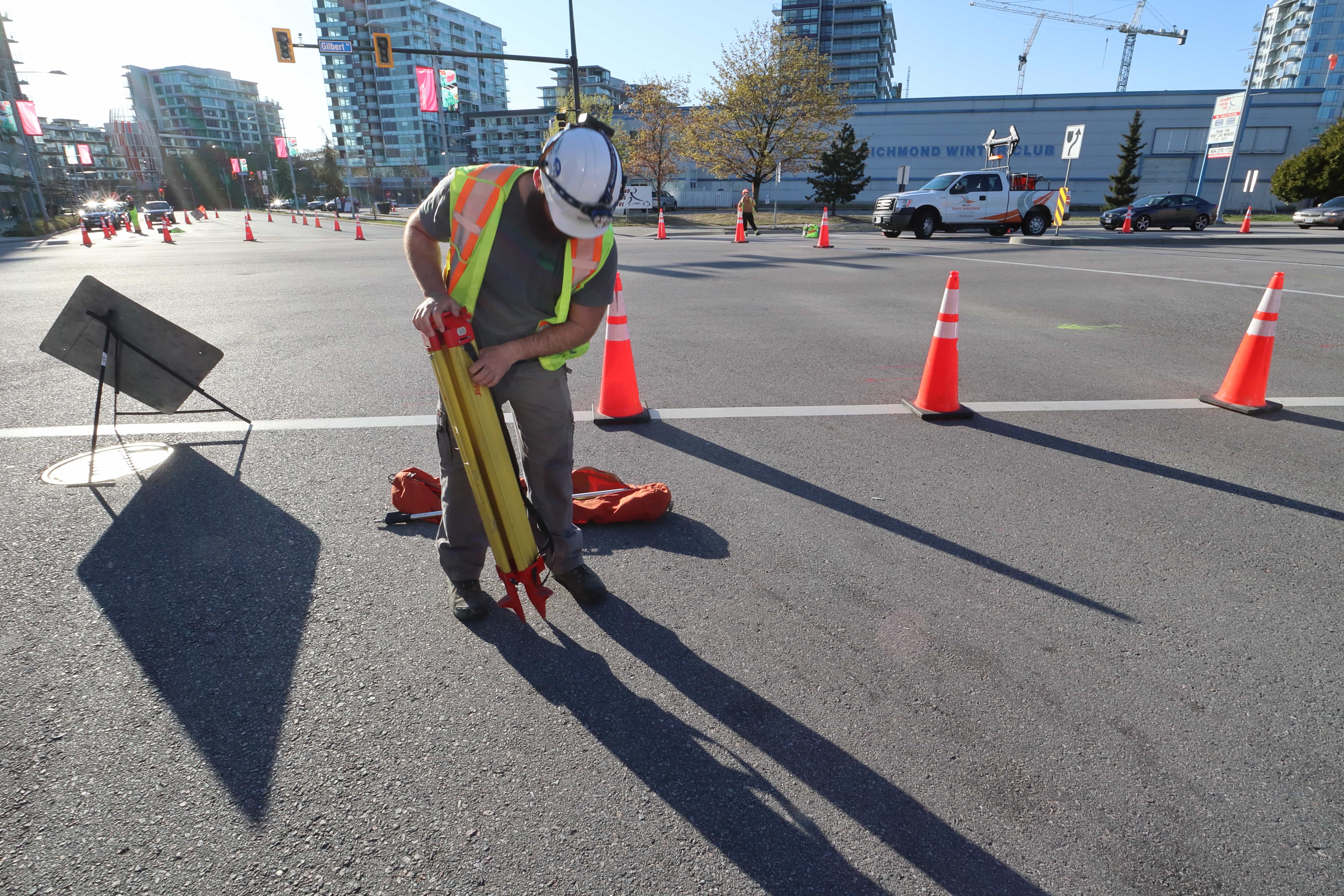Vermont Utility Locating: Find Hidden Lines & Prevent Damage!
Ever wondered what lies beneath your feet? Vermont's reliance on electromagnetic locating stands as a linchpin for maintaining the integrity and effectiveness of its subterranean infrastructure.
As underground networks burgeon in complexity, electromagnetic locating emerges as a crucial methodology. This technology is instrumental in pinpointing concealed utilities, averting potentially devastating damage, and adhering to rigorous safety protocols. The ramifications of overlooking this essential practice extend far beyond mere inconvenience, impacting project timelines, budgets, and public safety. Both public (811) and private utility locating is an essential risk management best practice for all underground construction boring.
| Aspect | Details |
|---|---|
| Process Significance | Vital for safety and efficiency of underground utility infrastructure. |
| Technology's Role | Identifies hidden utilities, prevents damages, ensures safety compliance. |
| Risk Management | Public (811) and private utility locating is a best practice for underground construction. |
| Project Phase Requirement | Subsurface utility locating and surveying are required during the design and construction phase. |
| Objectives | Prevent utility damage, reduce redesign needs, eliminate risk exposures. |
| Related Services | Land surveying & utility mapping. |
| Core Technology | Electromagnetic locators (EM) and Ground Penetrating Radar (GPR). |
| EM Locator Function | Uses radio frequency transmitter and receiver to identify utility lines. |
| Vermont Underground Locators' Approach | Utilizes advanced tools and technology for accurate locating. |
| Equipment Used | Advanced electromagnetic induction equipment and GPR. |
| Lines Located | Telephone, coaxial cable, fiber optic cables, power, and gas lines. |
| Additional Lines | Most water, sewer, and storm drain lines. |
| Expertise | Accurate detection and location of conductive buried lines. |
| Techniques | Leveraging advanced electromagnetic induction equipment. |
Subsurface utility locating and surveying are required during the design and construction phase of a project. The implications of accurate utility mapping resonate throughout the lifecycle of any construction project, from the initial planning stages to long-term maintenance. Specifically, these practices are essential to:
- Bollyflix Bollywood Streaming The Ultimate Guide Updated
- Kemonokko Tsuushin Find Your Animal Girl Soulmate Anime Guide
- Prevent existing utility damage.
- Reduce the need for redesign in the field.
- Eliminate risk exposures for engineer, owner.
Land surveying and utility mapping are intrinsically linked, providing a comprehensive understanding of the project site. The integration of these disciplines ensures that all stakeholders have access to reliable data, fostering informed decision-making and mitigating potential conflicts.
Vermont electromagnetic locating is a vital process for ensuring the safety and efficiency of underground utility infrastructure. This is not merely a procedural step; it's a foundational element of responsible infrastructure management. Without it, the intricate web of utilities beneath our feet remains a potential hazard, waiting to disrupt daily life.
The two most common types of utility locating tools are electromagnetic locators (EM) and ground penetrating radar (GPR). These technologies represent distinct approaches to subsurface detection, each with its own strengths and limitations. Understanding their respective capabilities is crucial for selecting the most appropriate method for a given project.
- Prmovies Watch Free Movies Tv Shows Is It Safe Alternatives
- King Nasir The Untold Story Age Net Worth More
For some applications, acoustic methods can also be helpful. While less prevalent than EM and GPR, acoustic techniques offer a complementary approach, particularly in situations where other methods may be less effective due to soil conditions or the nature of the target utility.
EM locators utilize an electromagnetic radio frequency transmitter and receiver to identify utility lines. This technology leverages the principles of electromagnetism to detect the presence and location of conductive materials buried underground. By transmitting a signal and analyzing the returning electromagnetic field, operators can pinpoint the position of utilities with remarkable accuracy.
Both public (811) and private utility locating is an essential risk management best practice for all underground construction boring. This underscores the shared responsibility of both public and private entities in ensuring the safety and integrity of underground infrastructure. Adhering to established protocols and engaging qualified professionals are paramount to minimizing risks and preventing costly mistakes.
Subsurface utility locating and surveying are required during the design and construction phase of a project in order to:
- Prevent existing utility damage.
- Reduce the need for redesign in field.
- Eliminate risk exposures for engineer, owner.
At Vermont Underground Locators, we use advanced tools and technology to ensure accurate and efficient utility locating. This commitment to innovation reflects our dedication to providing clients with the highest level of service and reliability. By staying abreast of the latest advancements in the field, we are able to deliver superior results and minimize potential disruptions.
Our team relies on advanced electromagnetic induction equipment and ground penetrating radar (GPR) to map out the subsurface utilities. This combination of technologies allows us to create a comprehensive picture of what lies beneath the surface, providing clients with the information they need to make informed decisions.
Vermont Underground Locators locates all types of conductive buried lines via electromagnetic induction equipment. This includes telephone, coaxial cable, fiber optic cables (when they are jacketed or accompanied by a tracer wire), power, and gas lines. Our expertise extends to a wide range of utility types, ensuring that we can address the diverse needs of our clients.
We can also locate most water, sewer, and storm drain lines using various techniques. This demonstrates our versatility and ability to adapt to different site conditions and utility configurations. By employing a range of methods, we can overcome challenges and provide accurate locating services even in complex environments.
At Vermont Underground Locators, our expertise lies in the accurate detection and location of a wide range of conductive buried lines, otherwise known as utility line locating. This core competency forms the foundation of our services, enabling us to provide clients with reliable and precise information about underground utilities.
Leveraging advanced electromagnetic induction equipment, we are proficient in locating telephone lines, coaxial cables, fiber optic cables (when accompanied by a tracer). Our proficiency in these techniques allows us to effectively identify and map a wide range of utility types, contributing to safer and more efficient construction projects.
Both public (811) and private utility locating is an essential risk management best practice for all underground construction boring. This reiterates the importance of adhering to established protocols and engaging qualified professionals to minimize risks and prevent costly mistakes.
Subsurface utility locating and surveying are required during the design and construction phase of a project in order to:
- Prevent existing utility damage.
- Reduce the need for redesign in field.
- Eliminate risk exposures for engineer, owner.
- Hubmasa Safe Platform Or Risky Website The Facts Revealed
- Bollyflix Bollywood Streaming The Ultimate Guide Updated

Vermont Electromagnetic Locating A Comprehensive Guide For Accurate

Vermont Electromagnetic Locating A Comprehensive Guide For Accurate

Schematic diagram of transient electromagnetic signal. VT is induced